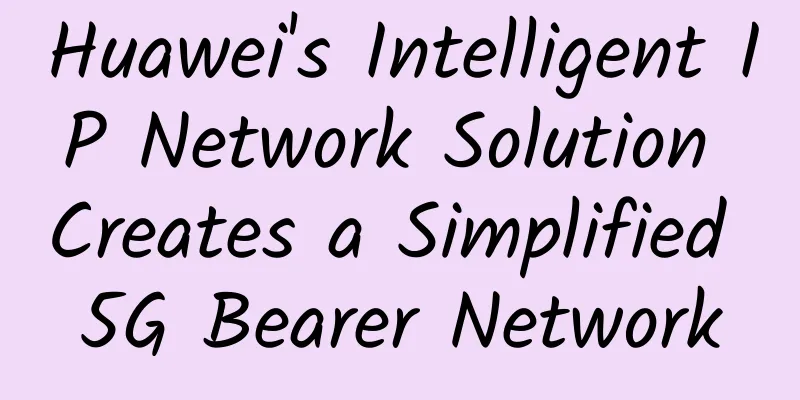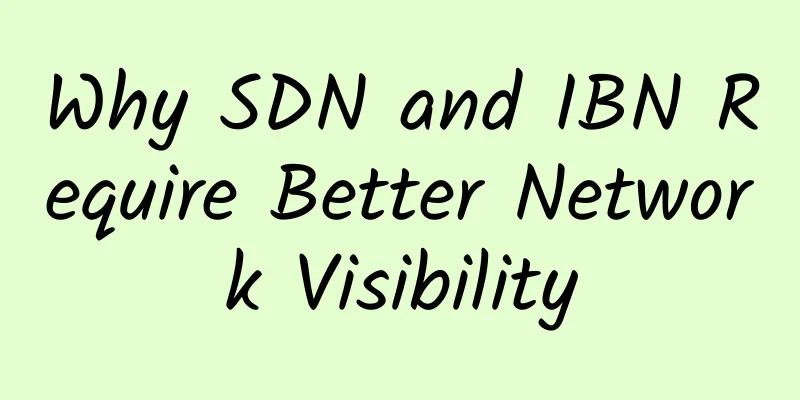How to decide if Wi-Fi 6 is right for you?

|
There’s a lot of hype surrounding the next Wi-Fi standard, 802.11ax, often referred to as Wi-Fi 6. Vendors often frame new technology as “the next big thing,” however, in the case of Wi-Fi 6, the enthusiasm is justified because it’s designed with the premise that Wi-Fi is the primary connection for devices, rather than a convenience network. Wi-Fi 6 is a different kind of Wi-Fi Wi-Fi 6 has new features such as Orthogonal Frequency Division Multiple Access (OFDMA), 1024-QAM (Quadrature Amplitude Modulation) coding, and Target Wake Time (TWT) to make Wi-Fi faster and less congested. Many of these improvements come from the LTE and 4G worlds, which solved many of these challenges long ago. These new features will result in a better mobile experience and longer client battery life, and will open the door to a wider range of new applications that were not possible on Wi-Fi before. For example, architects can now use virtual reality (VR) to show a house over Wi-Fi. Wi-Fi 6 will not be ratified until 2019, but some commercial products are available today. All businesses should eventually deploy Wi-Fi 6, but many don’t need to do so right away. 4 types of companies should deploy Wi-Fi 6
Three steps to prepare for Wi-Fi 6
One more note: Many IT professionals worry that they may be rushing into Wi-Fi 6 too quickly because there aren't new chips in phones or endpoints that can take advantage of them. However, I think it's time to get the right network in place now, ahead of Wi-Fi 6 endpoints, rather than reacting quickly when they come along. The Wi-Fi 6 era is just around the corner, and IT industry senior leaders need to understand whether the technology is right for them. If it is, then they must begin the education process on how to prepare for it. If these things are done correctly, deployment should be smooth and risk-free. |
Recommend
Do I need to upgrade to WiFi 6? Find out here
[[390586]] 2020 is destined to be an extraordinar...
Which network IO model should RPC design use?
What role does network communication play in RPC ...
In the era of 5G, it is not only about internet speed and mobile phones, but you have also overlooked these
[[393747]] When it comes to 5G, is your first rea...
With the support of celebrities, how fast can 5G run?
With the freezing of 5G 1.0 version, the first co...
Understanding the new features of HTTP/2 and HTTP/3 (recommended)
Compared with HTTP/1.1, HTTP/2 can be said to hav...
Megalayer Summer Promotion: US servers start from 99 yuan/month, Hong Kong high-defense servers start from 299 yuan/month
Megalayer launched a summer ice point special off...
China Mobile's elimination of fake 5G users may be the reason for the slowdown in 5G user growth
Due to pressure from all sides, the three major o...
Private 5G and edge computing: a perfect match for manufacturing
Private 5G is the next evolution of networks for ...
How to deploy 5G and edge computing?
The telecommunications sector around the world is...
Public transport Wi-Fi is too difficult to monetize and too costly to be shut down in more than a dozen cities
"16WiFi", owned by Beijing Yilure Hotsp...
Huawei launches IoT cloud service, emphasizes IoT security, and promotes large-scale commercial use of IoT
[51CTO.com original article] The Internet of Thin...
6 Examples of How 5G Can Improve IoT Deployments
As digital transformation is in full swing, the n...
DesiVPS: Los Angeles 1Gbps unlimited traffic VPS starting at $18.99 per year, 6 IP changes per year
DesiVPS has released the latest promotion in July...
Networks, users and terminals have all taken shape, and accelerating 5G "network migration" has become a top priority for operators
It is now late October 2020. In a few days, my co...
HostDare: Los Angeles VPS 60% off + double memory + double bandwidth starting at $10.4/year - 1.5GB/10GB/1TB@200Mbps
HostDare has updated its VPS discount information...









